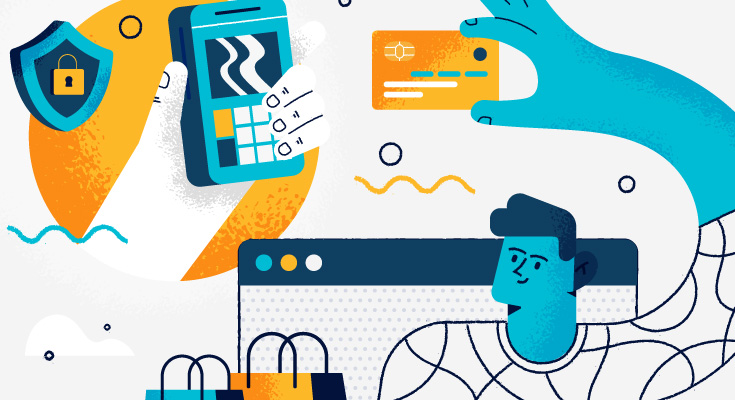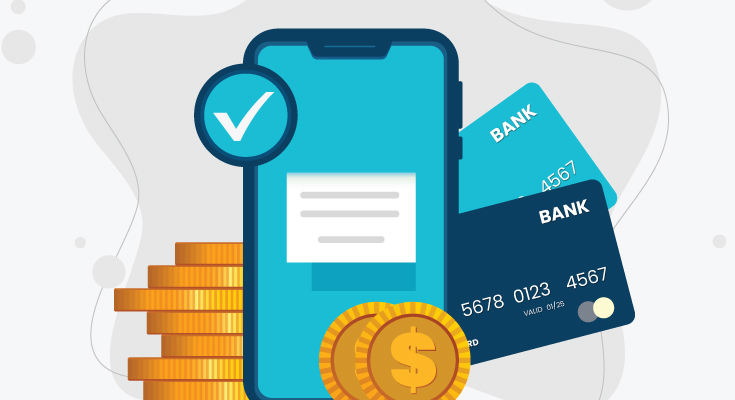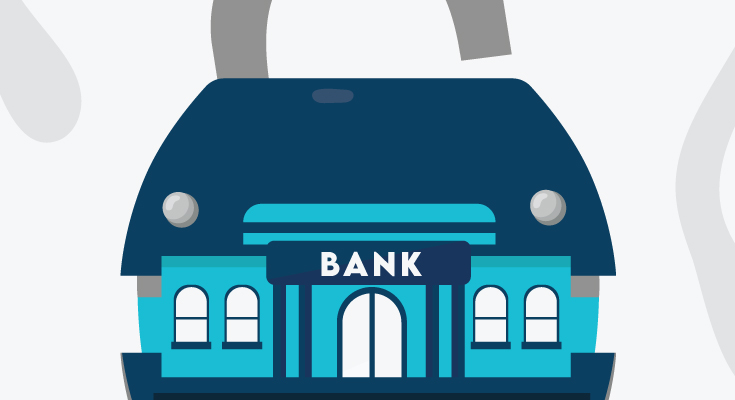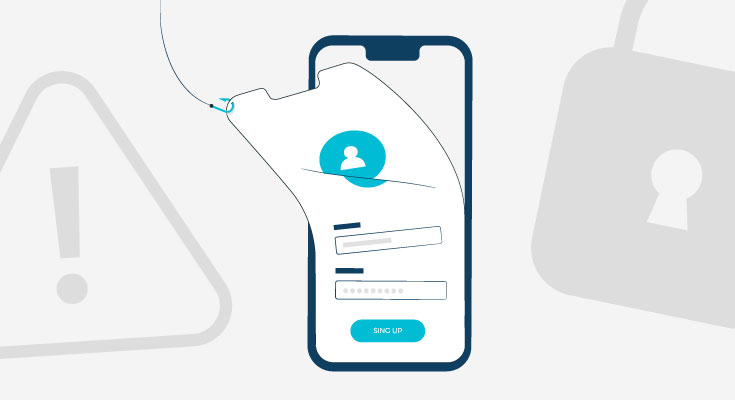eCommerce marketplaces and their use during and post-pandemic have grown significantly. More than 150 million people used online shopping for the first time during the COVID-19 pandemic. Also fraud increases regarding online fraud, organizations are losing $4.5 million per year as a result of online transaction fraud.
Consumers put their trust in companies, online marketplaces, and apps whose services they choose to use. Online services such as rideshares, vacation rentals, P2P payment platforms, delivery services, and more. As the rate of fraud rises, companies that use ineffective or weak identity proofing measures will find themselves facing financial losses, loss of brand reputation, and regulatory fines. In some cases, they might also be endangering their customers, if they have unauthorized drivers and couriers with stolen identifications. Fraudsters use fake documents as they may not be eligible for employment. It may take a long time since that kind of fraud is detected by the eCommerce marketplace.
Growing Threats for eCommerce Marketplace
Trust is the primary factor in any business building a long-lasting relationship. Especially when a company operates globally and when they want to build a loyal customer base. With the rapid acceleration of digital shopping and transactions comes a growing fraud landscape. With a sudden rise of people wanting to transact online, marketplaces and apps need to have the ideal strategies in place to protect themselves and customers from fraudulent activities.
There are numerous fraud types that fraudsters use. As the industry picks up after the global pandemic, marketplaces and apps are finding that their customers are being targeted. Without ideal risk mitigation or comprehensive identity proofing strategies, companies may find themselves facing the following:
- Unverified Vendors, Hosts & Drivers: Vendors, hosts, and drivers who use false/stolen documents and other fake ID techniques to exploit both the platform and consumers for monetary gain.
- Falsified Listings & Fake Accounts: Unauthorized vendors that create a fake account and publish fake listings and product reviews is another threat faced by eCommerce marketplaces.
- Buy Now, Pay Later Muling: consumers either for themselves or on behalf of others use a payment service when purchasing a product or service while planning not to pay for the services. It is also known as chargeback fraud, consumers will make a purchase but later claim that their transaction was unauthorized. Thus, merchants have to issue a refund without getting the product back.
- Card-not-present (CNP) Fraud: As online shopping increases, customers can’t provide a credit card directly to the merchant. That’s why fraudsters can use stolen credit card information to make unauthorized transactions. And in most cases, card owners are unaware of being compromised.
- P2P Payment Scams: online peer-to-peer payments for products and services that go through bank portals give users a false sense of security. In a lot of cases, this ends up being a scam where people are defrauded and unable to receive protections or refunds from the banks.
These types of fraud happen when large eCommerce fraud with a huge customer base leverage minimal ID verification services. Being unable to monitor transactions constantly for consumers, partners, and contractors increases the risk of fraud. By not focusing on establishing trust, firms often find themselves with serious monetary, reputational, and security issues.
Building Trust Without Hurting Customer Experience
Organizations that want to build and maintain trust with their vendors and consumers need to have a multifold approach to the detection, and prevention of fraud. Using bad technological solutions or improper regulations can result in noncompliance and friction during customer onboarding. Also, constant fraud leads to higher operational costs and also hurts brand reputation.
Fraudsters use similar tactics against eCommerce platforms that they do for financial institutions. Marketplaces and apps are later seeing significant growth in different types of fraud. According to a report, account takeover fraud grew by 54% in 2020. Identity-related fraud for financial institutions grew by 69% for eCommerce in mid-to-large size retailers.
By following up with Anti-money laundering (AML) compliance, companies will have to follow KYC for customer verification. eCommerce marketplaces also have to follow KYB compliance for detecting and preventing vendor-related fraud. By following all the compliances, eCommerce marketplaces, and apps will be able to verify the identities of vendors and consumers alike effectively. This also improves customer experience, prevents fraud, and ensures happy and loyal customers.












